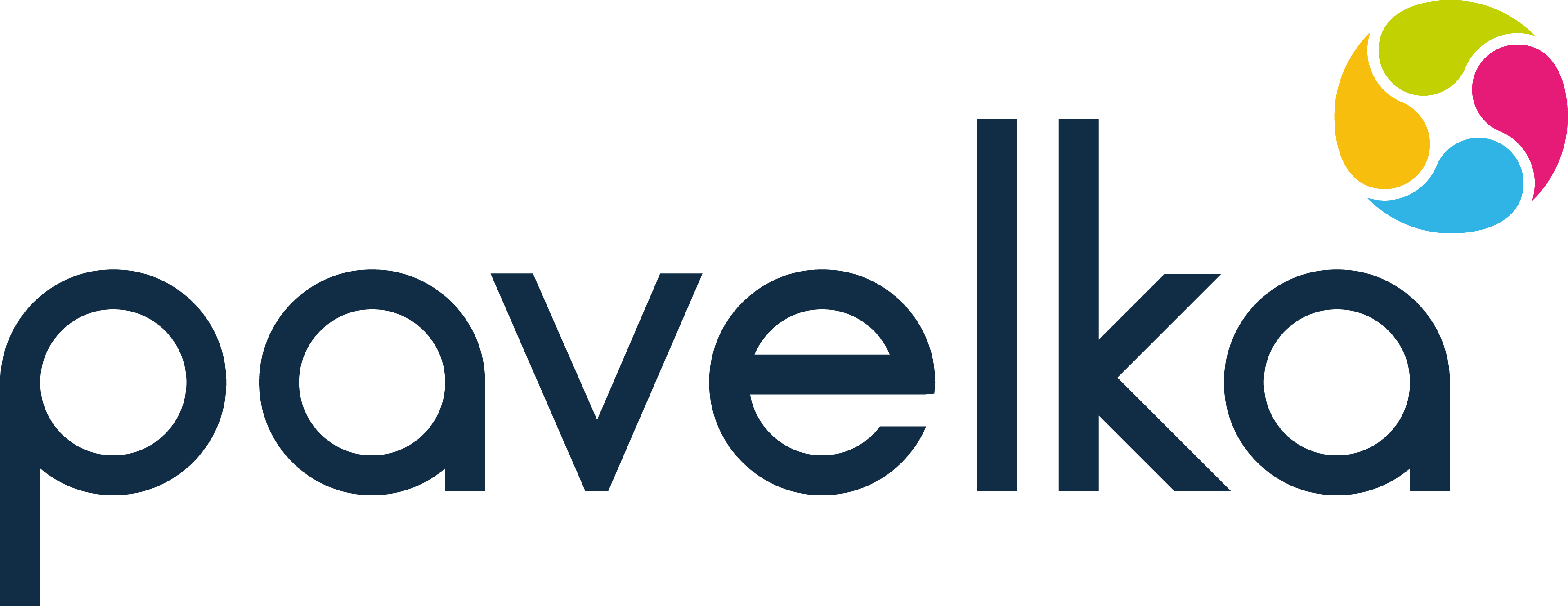By Pavelka team member Nick Withycombe
There’s not actually much new to this – it’s just something that came to me when I needed to find a quick solution to an over-active mind, particularly one that was working from home, and parenting from home, and being at home. A lot.
Most of my work is creative; writing, thinking and talking. As any writer or creative person knows, the process of ideas is one that is best done with silence, as your mind jumps from lane to lane, links up chains of thought, and internally brainstorms ideas that come out of nowhere, yet in theory must have always ‘been in your brain’ for the whole time, if at least molecularly.
Going through this creative thought process when you have work notifications popping up, 15 tabs open on the screen and several other creative projects-in-waiting that are pulling your subconscious towards them – is not easy.
Going through this creative process when a small child is casually throwing questions at you – questions that don’t have an immediate answer as you first need to think about what the question really means – is impossible.
This is just one person’s one example of the working at home ‘experience’.
There are many simple remedies to a buzzing, over-active mind and the feeling of not knowing what to get to first and where to start when you get there. A ten minute break. Going to the toilet. Watching TV. Meditating.
But at times these don’t work well. One such time is when you are trying to think and you are being asked about dinosaurs, or Aquaman, or deeper 7-year-old questions such as ‘which of these cars would you use to escape the jungle?’.
At this time, I needed something quick, not a meditation session in a dark room. Not something mobile like making a cup of tea in the kitchen. Something instant, something effective and something that stopped me attempting the impossible, i.e. creative work plus inane-but-important child conversations.
So, still sat in the chair, I turned away from the computer screen and crossed my arms. I let the frustration subside. I didn’t need to think about anything, whether it was ‘where is my tea cup’ or ‘what task shall I work on next’. My son still peppered me with abstract questions. I gave him abstract answers.
My mind wasn’t in an extreme or counter-productive thought of ‘f*** it all’. It wasn’t making an attempt to meditate or remember to keep my eyes closed. Arms crossed, I physically couldn’t type on the computer, so that was now out of bounds. Being ‘unable’ to move, I couldn’t try to work, therefore I couldn’t get frustrated with anyone. Being ‘forced’ to stop and do nothing, my mind’s busyness ebbed away and I once again had perspective over the relative importance of queued work tasks.
I had disconnected, but not negatively, nor sadly or emotionally, or particularly. It was just a moment of active disconnection that was a small and effective reset.
Screens are the window and devices are the access points to work and much of life – ‘working’ seems to have to mean screen time these days. I’ve also seen that my time can mean working time when I’m doing anything. I might be driving somewhere and in the car for an hour but I count it as work time if I’m thinking about work. Continual screen time is probably going to be even stronger for people who work at home and want to do well in their job, because there’s no other interaction with your colleagues. You won’t be able to go away from the screen for meetings, for little interactions or for any thought that relates to colleagues and work.
But for the sake of your well-being, you must.
If you can, then there are many ways to have a break and step away. If you really are too busy, then keep it simple. Cross your arms and actively disconnect until the noise dies down and perspective returns.
